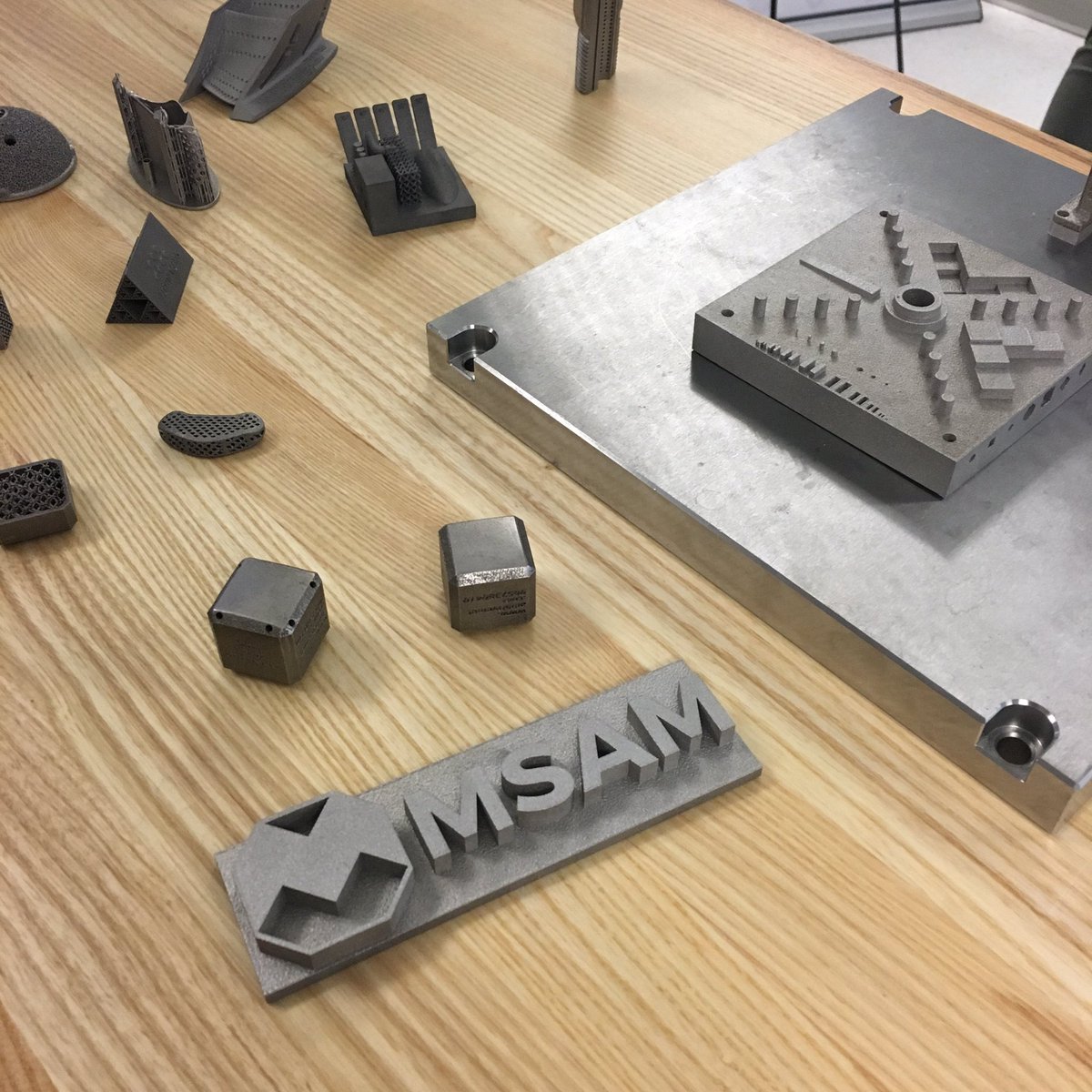1. Background Today, connected cars are becoming increasingly popular and sophisticated. In this evolution, novel automotive technologies and solutions continuously appear utilizing ICT technology. Concurrently, cyberattacks are growing more sophisticated and stealthy. Thus, cybersecurity in connected car is paramount. They need security technology that can swiftly detect and analyze cyberattacks and then seamlessly provide the… Continue reading DENSO and NTT Communications Starts Validating Jointly Developed Vehicle Security Operation Center Technology to Realize Resilient Security Solutions for Connected Cars
Tag: Toyota
Future Envisaged by DENSO’s Motor Generators, Which Function Both As a Motor and As a Power Generator
Go to Source
DENSO’s Strength in Monozukuri The Inside Story of the Development of Inverters That Underpin the Electrification of Vehicles
Go to Source
Toyota plots new Aygo to capitalise on city car demise
Harrison’s comments are an anomaly among mainstream car manufacturers, whose own A-segment city cars have been put under increasing pressure by a number of factors – notably, extremely tight margins and the need to introduce electrification, in an unprofitable way, to ensure the models aren’t problematic in the upcoming fleet average CO2 regulations for 2021.… Continue reading Toyota plots new Aygo to capitalise on city car demise
@Toyota: Why is Toyota Developing Humanoid Robots?
Why is Toyota developing humanoid robot? Yoshida Ok, I understand how you have updated T-HR3. But can you help people understand why you start developing humanoid robots in the first place? Moridaira When we consider how robots will be used in the future, we think that there will be high demand for robots that make… Continue reading @Toyota: Why is Toyota Developing Humanoid Robots?
@Toyota: Toyota Extends its Workhorse Stable with New Land Cruiser Commercial Active
Toyota is expanding its Land Cruiser Commercial range with the addition of a new, higher-specification Active model for the New Year. The Land Cruiser Commercial Utility was launched in 2018 as a rugged, no-nonsense vehicle, aimed at customers who want practicality and the kind of hard-wearing, go-anywhere capability for which the Toyota is renowned worldwide.… Continue reading @Toyota: Toyota Extends its Workhorse Stable with New Land Cruiser Commercial Active
Bluespace.ai, a startup focused on AV technology for mass transit, gets $3.5 million in seed funding
Bluespace.ai, a new autonomous driving startup focused on mass transit, announced today that it has raised $3.5 million in seed funding led by Fusion Fund. Other investors include YouTube co-founder Steve Chen; UMC, the Taiwanese semiconductor foundry; Kakao Ventures; GDP Ventures; Atinum; Wasabi Ventures; Blue Ivy Ventures; Plug n Play; and SLV Capital. The startup… Continue reading Bluespace.ai, a startup focused on AV technology for mass transit, gets $3.5 million in seed funding
Most Cadillacs will be electric by 2030, says GM
Sponsored Links Cadillac If you’re waiting for big companies to reduce their carbon emissions, you can forget about 2020. Apparently, 2030 is when we’ll start to see changes. That’s the year Amazon wants to make half its shipments carbon-neutral and Microsoft promises a 75 percent reduction in carbon emissions. Now, GM has another promise for… Continue reading Most Cadillacs will be electric by 2030, says GM
University of Waterloo receives $2.1 million from Toyota Motor Manufacturing Canada to advance additive manufacturing research
Toyota Motor Manufacturing Canada (TMMC) has granted $2.1 million (CAD) to the University of Waterloo in Ontario, to advance engineering education and additive manufacturing research. Reported as the largest single donation by TMMC to any Canadian university, this investment will introduce an undergraduate engineering innovation challenge as well as dedicate a wing to faculty and… Continue reading University of Waterloo receives $2.1 million from Toyota Motor Manufacturing Canada to advance additive manufacturing research
World’s first liquid hydrogen carrier ship launches in Japan
TOKYO — Japan’s Kawasaki Heavy Industries debuted on Wednesday the world’s first marine carrier that transports liquefied hydrogen, using technology that will vastly expand cargo capacity of the green energy source. A crowd of 4,000 people gathered at Kawasaki’s shipyard in Kobe for the naming and launch ceremony of the Suiso Frontier — a name adopting the… Continue reading World’s first liquid hydrogen carrier ship launches in Japan


